The Domaine de Bazoches, a historic residence, offers its visitors a captivating dive into the rich history of the region.
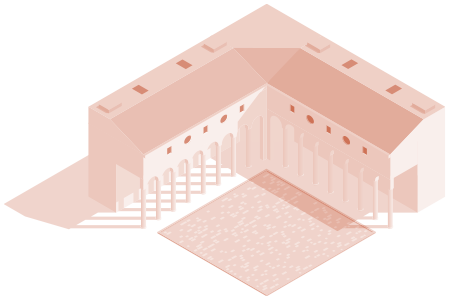
Bazoches is located about fifty kilometers as the crow flies from two key sites of Roman Gaul:
Although few traces remain from this era due to barbarian invasions, the presence of Roman remains in the surrounding area, such as the baths of Saint-Père-sous-Vézelay and the Roman road near the château, testify to the deep-rooted presence of Roman civilization in the region.
The site of Bazoches was most likely a commercial and administrative center, as indicated by its name, derived from the Latin “basilica,” which originally referred to a large building with a portico, serving as a court, a marketplace, and an administrative center. Therefore, Bazoches was, since antiquity, a well-frequented place for merchants, notable figures, and the powerful of its time.
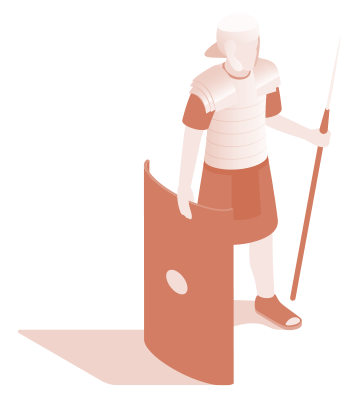
The 12th century marks the construction of the Château de Bazoches, a period of intellectual, architectural, and spiritual flourishing. Figures such as Saint Bernard and Abelard influenced this time, while the construction of the Abbey of Vézelay and the Crusades shaped the historical context. The château, built between 1170 and 1190 by Jean de Bazoches, stands as a testament to the importance of this family in the region.
King Philip Augustus and his cousin Richard the Lionheart stayed at Bazoches during the preaching of the Third Crusade at Vézelay. Emperor Frederick Barbarossa also made a stop there.
The original feudal architecture of the Château (a trapezoidal building consisting of three round towers and a rectangular keep) has undergone no modifications since its construction, spanning eight centuries during which the lords of Bazoches, then Chastellux, Montmorillon, and finally La Perrière, succeeded one another as owners, up until the 17th century when Vauban acquired the estate.
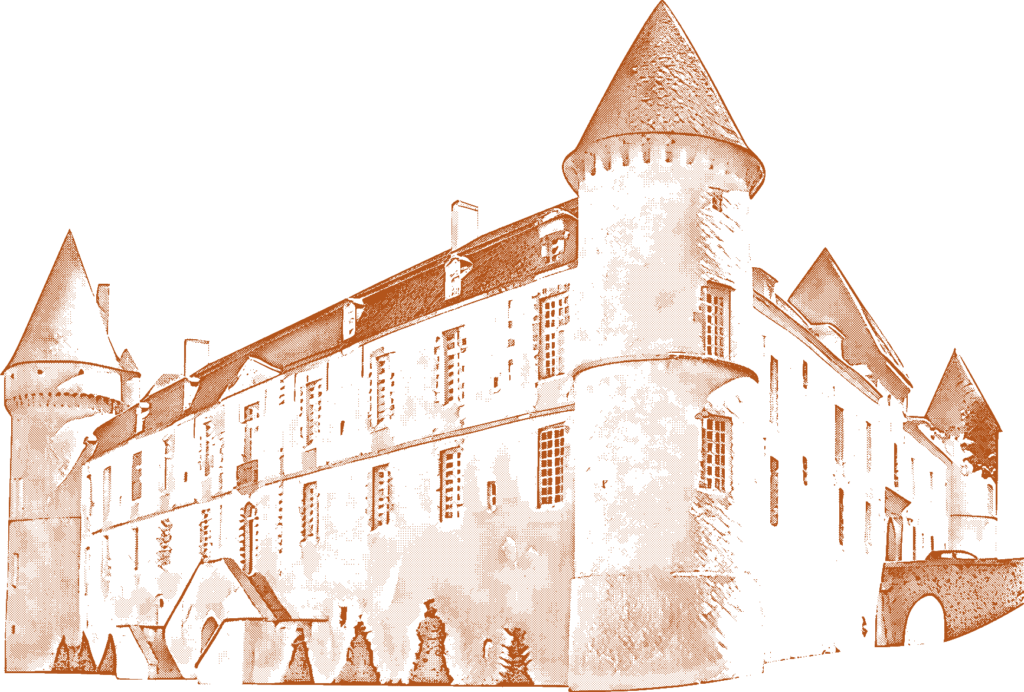
Vauban acquired the Château de Bazoches in 1675 with the reward (80,000 livres) granted to him by Louis XIV in recognition of the capture of the city of Maastricht three years earlier. This allowed him to restore the dowry of his grandmother, Françoise de la Perrière, who had been disinherited from the château that was rightfully hers.
Vauban, renowned for his military exploits and innovations in fortifications, transformed the château into a strategic military garrison. His architectural legacy, particularly the additions of towers and fortifications, reflects his influence on the estate. The west wing and the northeast corner tower were built by him, closing off the château that had previously been open in a V-shape toward the valley.
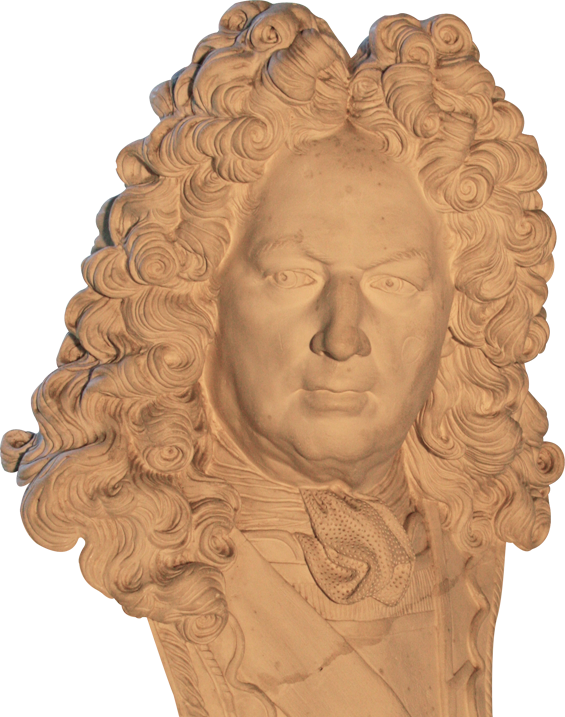
He also adapted a part of the château for himself, his wife, who never left Bazoches, and his daughters, in the purest style of his century.
Regarding the exterior of Bazoches, the dry moats surrounding the north, south, and east façades of the château were cleared in 1966 by the 19th Engineering Regiment of Besançon, with the support of Mr. Messmer, who was then Minister of the Armed Forces, restoring the residence to its original appearance.
Located on the grounds of the estate, the small chapel of St. Roch once served as the first stop for pilgrims traveling from Vézelay to Santiago de Compostela.


58190 Bazoches du Morvan
Phone : +33 (0)3 86 22 10 22
chateau.bazoches@wanadoo.fr
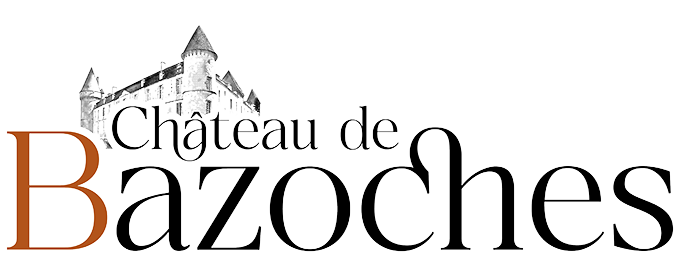
Open every day
9:30 a.m. – 6:00 p.m.

Open every day
9:30 a.m. – 6:00 p.m.